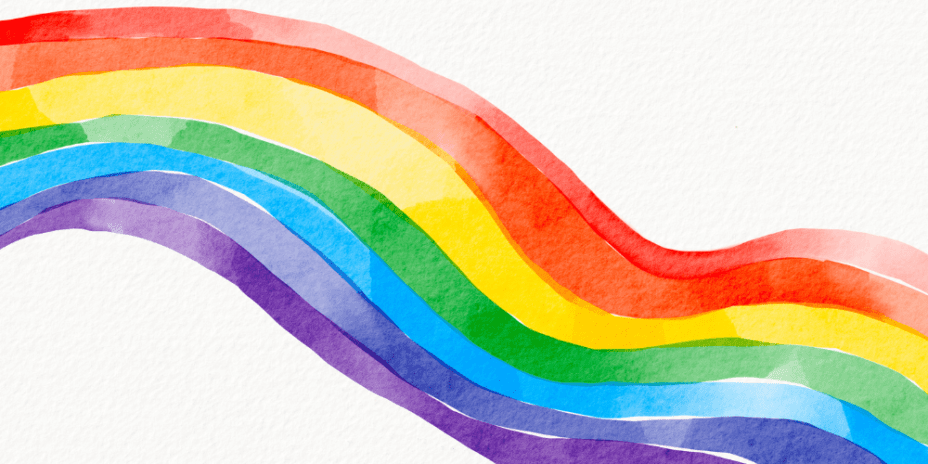
Did you know that RiverValley has a Diversity, Equity, and Inclusion (DEI) Council? RiverValley’s DEI Council is composed of a diverse group of employees nominated by different members of RVA’s Executive-Leadership team. The individuals on this council come from a wide range of ethnicities, sexualities, and cultures. The goal of the DEI Council is to help RiverValley grow and change with the world we live in. We want our company to represent the rapidly changing landscape of healthcare, in order to continually align with our vision: To be the First Thought, First Choice for Behavioral Health. Below is a message from the members of RiverValley’s DEI Council on Pride Month.
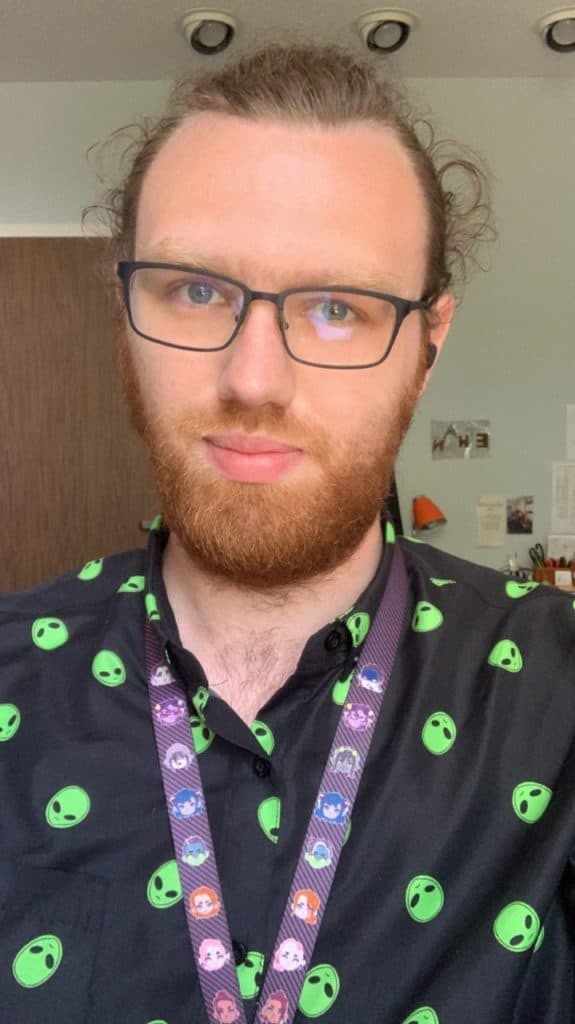
A Message from the Chairperson of RiverValley’s DEI Council
My name is Jordan Toomey, and I am the chairperson of the DEI Council here to wish everyone a Happy Pride Month! This month has a special significance to me as a member of the asexual community. When talking about pride, it is important to remember that it’s not just about who you love, but how you love too. Talking about sexuality in the workplace can be hard, but as long as we can open our hearts to one another, be our best selves, and celebrate each other for who we are; we can make this an amazing pride month.
What is Asexuality?
Asexuality looks at how you love, more so than who you love. It includes individuals who hold no attraction or who simply have no desire for sex. Oftentimes, I see the letter “A” is substituted for Ally, and while I love allies, it’s important to recognize the Ace community. I found this analogy online that may help give some insight.
“For asexuals, sex is like… a donut. When we see a donut, we do not have the urge to eat the donut. This does not necessarily mean we hate the donut or think the donut is disgusting — many of us even like donuts, but we never have any urge to walk over there and eat it.
“Demisexuals will have the urge to eat the donut, only if it is their absolute favorite kind of donut in the whole world, and greysexuals, sometimes, will have the urge to get the donut, and sometimes not. Celibates are on diets.”
For the longest time, I wondered if there was something wrong with me. I always felt different from those around me. Accepting myself and finding a community was one of the most liberating things I have ever done. – Jordan Toomey
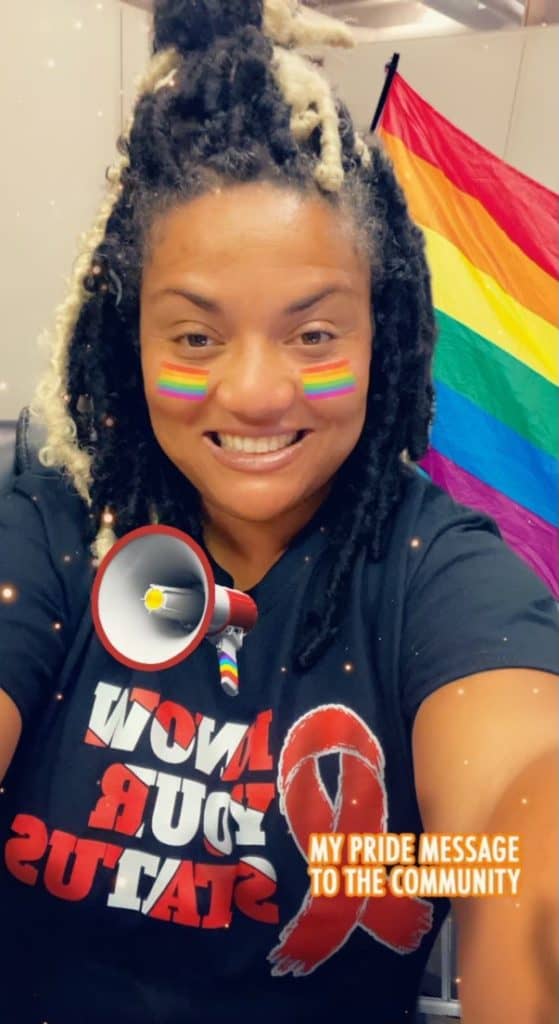
Lesbian Visibility
Lesbian is a term commonly used to describe people who identify as women – or feminine of center –whose attractions are to other women. Some nonbinary people who were assigned female at birth, use this term to describe their attraction to women, despite not identifying – or not solely identifying – as gay or gay women.
Lesbian Visibility Day on April 26, first organized by The National Coalition for LGBT Health, celebrates, recognizes, and raises the visibility of lesbians.
What does it mean to be Intersex?
Intersex is an umbrella term that refers to people who carry variations in their reproductive and sexual anatomy that differ from what is traditionally male or female. An intersex person can appear to have one kind of genitalia on the outside, and another internally. They might have some XX chromosomes and some XY chromosomes. The key difference between gynandromorphy and hermaphrodite is that gynandromorph is part male and part female. Meanwhile, a hermaphrodite possesses sex organs or tissues belonging to both sexes. Intersex Awareness Day commemorates the first intersex protest, held on October 26, 1996, outside the American Academy of Pediatrics National Conference in Boston, Massachusetts. It is an international day of grass-roots action to end shame, secrecy, and unwanted genital cosmetic surgeries on intersex children. – Micah Blevins
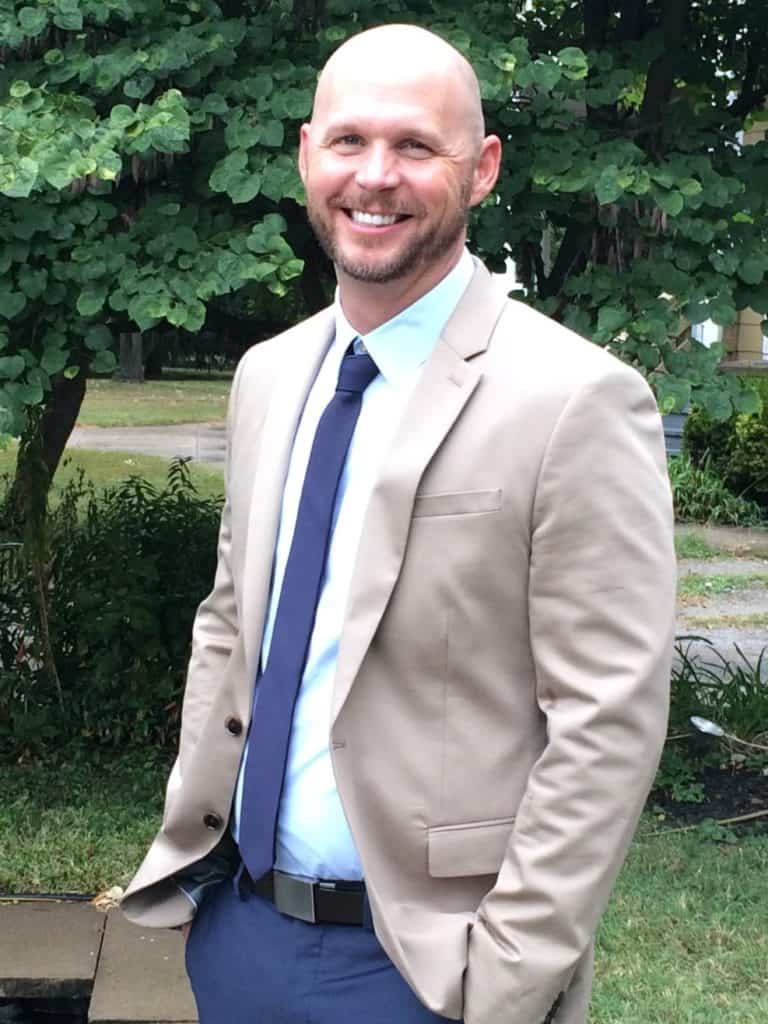
What does it mean to be Gay?
The term, “Gay” primarily refers to a homosexual person or the trait of being Homosexual. The term originally meant “carefree, cheerful, or bright and showy.” In modern English, gay has come to be used as an adjective, and as a noun, referring to the community, practices, and cultures associated with homosexuality.
In the 1960s, “gay” became the word favored by homosexual men to describe their sexual orientation. By the end of the 20th century, the word, “Gay,” was recommended by major LGBTQIA+ groups to describe people attracted to members of the same sex, although it is more commonly used to refer specifically to men.
Pride Month was initially inspired by the 1969 Stonewall Uprising, and works to achieve equal justice and opportunity for LGBTQIA+ Americans. Pride month is now an annual international celebration to promote self-affirmation, dignity, and increased visibility of the LGBTQIA+ community. As someone that identifies as a gay man, Pride means belonging and being unapologetically myself in any environment. It’s about visibility for future LGBTQIA+ generations to show that they are loved and accepted by the community. Pride would not be possible without the support of our Straight Allies that stand with the LGBTQIA+ community. Thank you for your love and support! – Brett Sprinkle
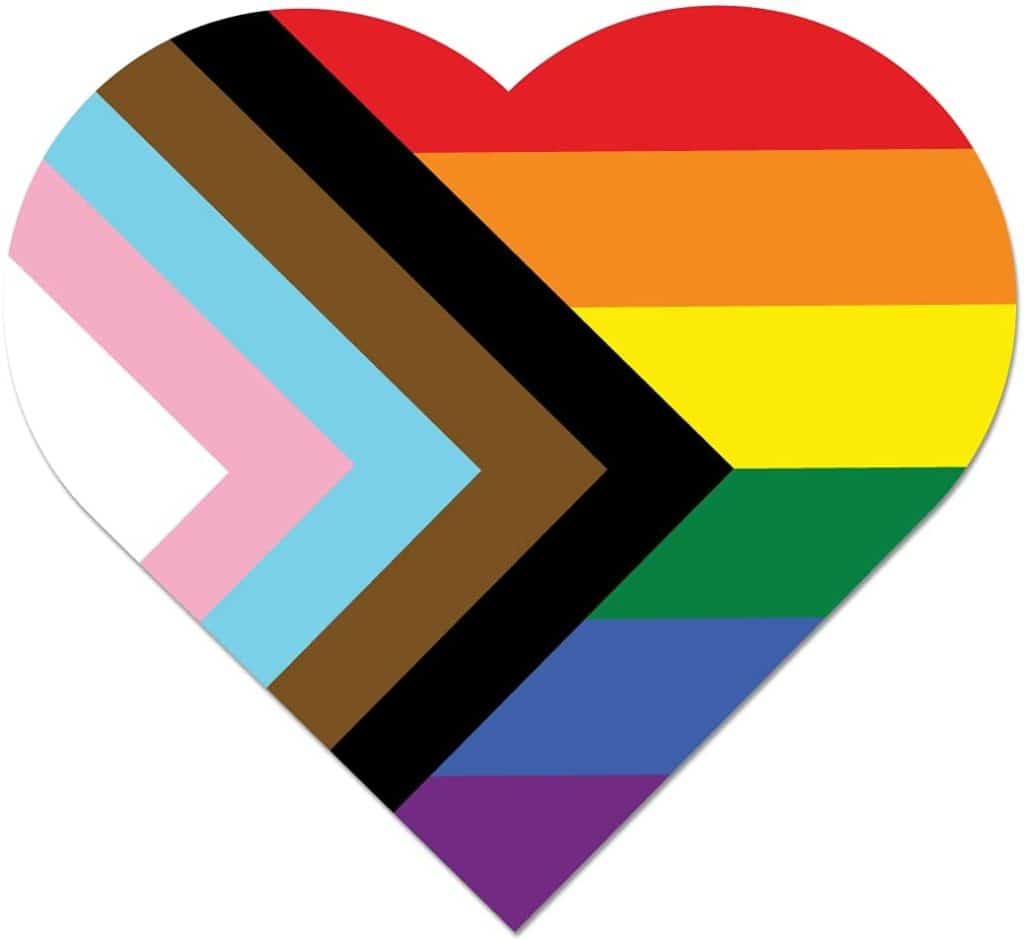
Bisexuality
Bisexual is the term used to describe a person who experiences emotional, romantic, and/or sexual attractions to, or engages in romantic or sexual relationships with more than one sex or gender. Even though the term bisexual has its own definition, it is important to remember that we, as individuals, get to decide what our sexuality means to us, and sometimes that does not fit into what a typical definition may be. For instance, although bisexuality is a sexual orientation in itself, a lot of people who identify as bisexual may also identify with other sexual orientations, including, pansexual or nonbinary. It is important to educate ourselves about our own, and our loved ones, sexual preferences in order to relay accurate information.
As a person with a loved one who identifies as bisexual, I wanted to take the time to educate myself on what that means. Something I learned was that bisexuality is not just an attraction to men and women, which, I think, is a common misconception. It could also be an attraction to other genders or sexes.
As we continue to support and educate one another, I wanted to include some links I found helpful:
https://www.glaad.org/bisexual
https://biresource.org/bi-info/youth/for-families-of-bi-youth/
https://biresource.org/what-is-bisexuality
– Kelly Martin
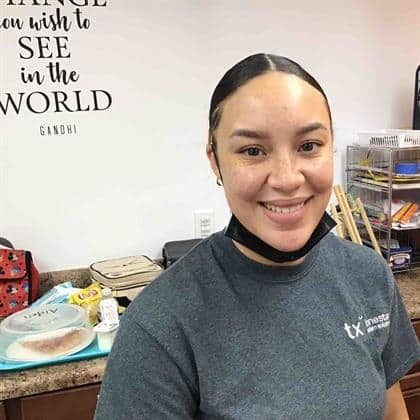
What is Transgender?
The term transgender is a broad term that can be used to describe people whose gender identity or gender expression is different from those typically associated with their assigned sex at birth. For example, someone who was born female may associate themselves as male and could be considered transgender, even if they have not decided to transition.
Transgender is an adjective, not a noun, so instead of saying “Bill is transgendered” you would say, “Bill is transgender”. To avoid offending individuals by calling them the wrong pronoun, it is appropriate to ask them what their pronoun is. Gender identity is your internal knowledge of your gender, so your knowledge that you are a man, woman, or another gender. Gender expression is how a person presents their gender on the outside, through behaviors, expressions, etc. To treat a transgender individual with respect, you would call them by their gender identity, not their sex at birth.
For instance, a transgender man lives as a man today and should be referred to as “he” or “him”. When an individual begins to live according to their gender identity, instead of the sex they were born with, this is referred to as gender transition. Gender transition may or may not include changing clothing, appearance, name, or pronouns. Whether transgender people decide to change their appearance or not, we still need to treat them with respect and dignity.
Many transgender people are harassed, discriminated against, or regularly are subjected to social stigmas. It is important to be respectful and treat transgender people as you would any other person. It may be hard to understand what is like to be transgender or to soak up, especially if you have never met a transgender person. However, we all should be open to learning something new and making a friend. I, myself have not met a transgender person, and I found all this information very useful. I believe this is important information we all should know, especially when working with youth or even children of our own. When you are more aware of a topic or situation, you can become an ally instead of a rival. – Janell Watkins
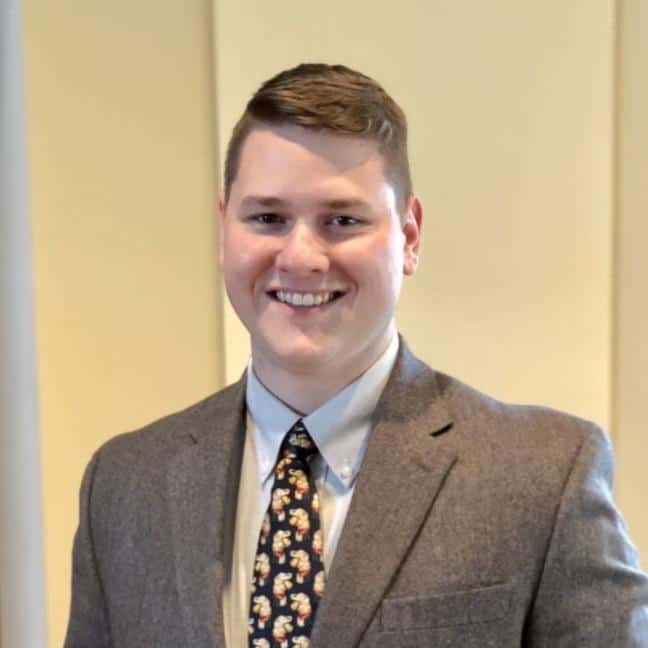
How do you define “Queer”?
Learning, asking questions, and trying to understand differences are some of the ways we can become more accepting and inclusive. This little summary is aimed at finding a better understanding of what the “Q” in LGBTQ+ means. The word “Queer” has a certain negative history. However, in recent years, individuals that identify as queer are coming forward and reclaiming the word for themselves. What I have come to learn during my search, is that “Queer,” is more than just a word. Queer is an identity that is more than “gay”, “bisexual” or “transgender.” It is a broad stroke that encompasses so much. It is a way for individuals to define the complexities of their sexual identity with one word, “queer.”
What makes a good “Ally”?
As someone that identifies as straight, white, and male, I often ask myself, “what makes a good ally?”
This is a question that a lot of people have. I raise this question, not just for the LGBTQIA+ community, but for all groups that need an ally. Regardless of who we are, or how we identify – what can we do to be more inclusive? When we discussed this question during the last DEI meeting, a really good point was made by Jordan:
Being a good ally means listening and learning. We are all part of a community with different thoughts and ideas. We need to spotlight what makes the different groups special and unique, and we need to appreciate and celebrate them.
I think this speaks to everyone. We can all learn from each other, and in doing so, we can be better allies for each other. Ask questions, do research, get involved; it is hard to learn from each other standing on the sidelines. That is why we have included a list of different Pride events happening around our different RiverValley Locations. If you have questions, reach out to our DEI Council! We are always available to help. – John Lynn
Published on June 30, 2022
